What is a Safety Data Sheet?
The safety data sheet (SDS) is a document containing detailed information on the properties of hazardous substances and mixtures and the safety precautions to be taken in workplaces according to the hazard characteristics in order to protect human health and the environment from the negative effects of harmful substances and mixtures.
Safety data sheet (SDS) is an accepted method to provide safe and accurate information to buyers of substances and mixtures in our country and in the world. It is in the risk communication part of the risk management steps of chemicals.
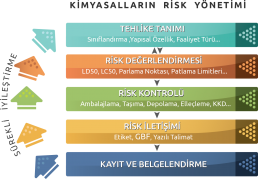
How to prepare a Safety Data Sheet for the substance or mixture?
In Turkey, considering the rules coming with the Safety Data Sheet, Regulation on Classification, Labeling and Packaging of Substances and Mixtures (Turkish CLP Regulation, SEA),
- It is prepared by the preparer of the safety data sheet in accordance with the “Regulation on Safety Data Sheets Regarding Hazardous Substances and Mixtures” until 12.2023,
- In addition, until and after this date, the “Registration, Evaluation, Authorization and Restriction of Chemicals” (Turkish REACH, KKDIK) regulation is prepared by the Chemical Evaluation Specialist in accordance with Annex-2.
When new information is obtained about information or damages that may affect risk management measures; when allowed or denied; Safety Data Sheet is updated when restriction is introduced. It is reviewed at regular intervals in the light of technological and scientific developments.
The Safety Data Sheet is prepared in Turkish.

What information is available in the Safety Data Sheet?
The headings that should be included in the safety data sheet are as follows:
a) Identity of the substance/mixture and company/distributor,
b) Hazard identification,
c) Composition/Information on Ingredients,
d) First aid measures,
e) Fire-fighting measures,
f) measures against accidental release,
g) Handling and storage,
h) Exposure controls/personal protection,
i) Physical and chemical properties,
j) Stability and reactivity,
k) Toxicological information,
l) Ecological information,
m) Disposal information,
n) Transportation information,
o) Legislative information,
p) Other information
What information is needed while preparing the Safety Data Sheet?
The proportions of the components in the product, the CAS or EC numbers of the components, their chemical and physical properties, their impact on human health and the environment must be known. In the light of this information, physical, health and environmental hazard classifications are made according to the SEA regulation and a safety data form is prepared.

Do I have to prepare a Safety Data Sheet?
The Safety Data Sheet (SDS) is the risk communication step and is a mechanism for communicating safety information for substances and mixtures when:
- A substance or mixture meets the classification criteria as non-hazardous in the Regulation on Classification, Labeling and Packaging of Substances and Mixtures (SEA),
- Persistent, bioaccumulative and toxic (PBT) or very persistent and very bioaccumulative (vPvB) according to the criteria specified in Annex-13 of the KKDIK Regulation,
- Final inclusion of a substance in the candidate list for authorization pursuant to Article 49 of KKDIK for any other reason.
.
In case of conditions specified in Article 27 (3) of the Regulation on Registration, Evaluation, Authorization and Restriction of Chemicals, a SDS may be required for some mixtures that do not meet the classification criteria as hazardous according to SEA.
SDS does not have to be provided for items*. Although the SDS format can be used to provide security information throughout the supply chain for only a few items, it is not used for many items.
*Item: An object that is given a special shape, surface and design during production to determine its function rather than its chemical structure.
Our Services
Our Trainings
- The Importance of Visual Inspection in Hazardous Areas
- Safety Integrity Levels of Fire and Gas Systems and their Impact on Plant Reliability Objective
- Dust Explosions
- Static Electricity: Industry’s Hidden Danger
- Control and Crisis Management of Flammable/Explosive Atmospheres in Industrial Facilities


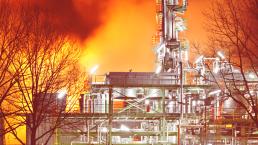



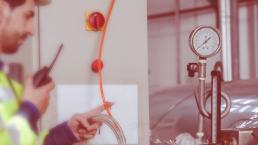



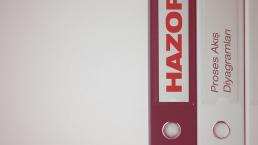




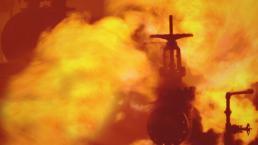

 Takipte Kalın
Takipte Kalın